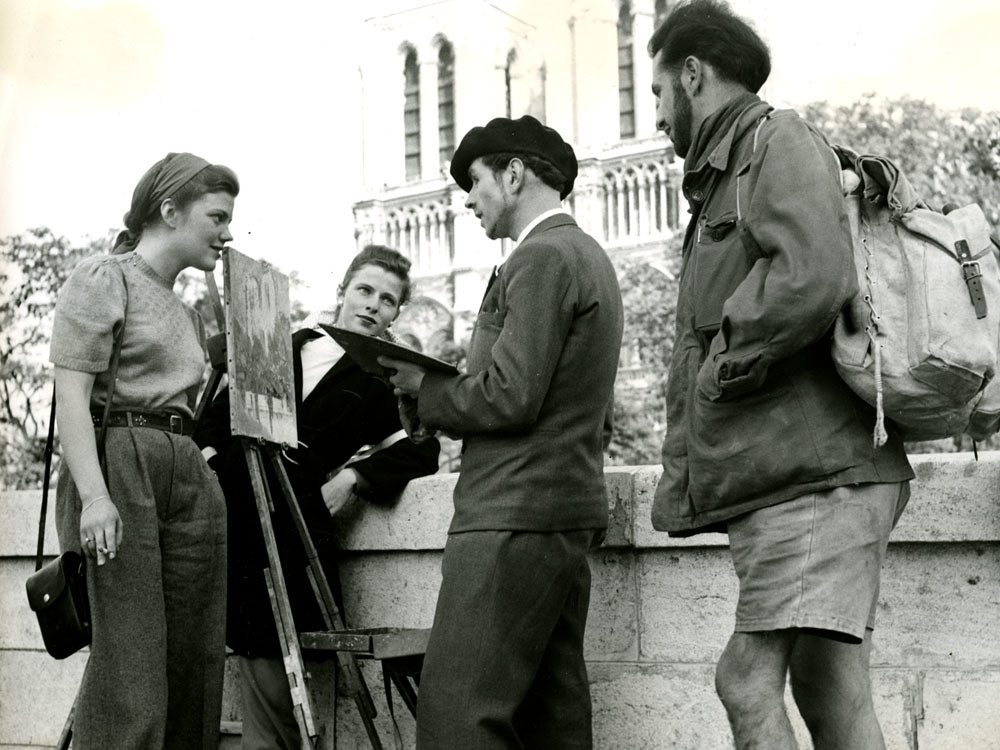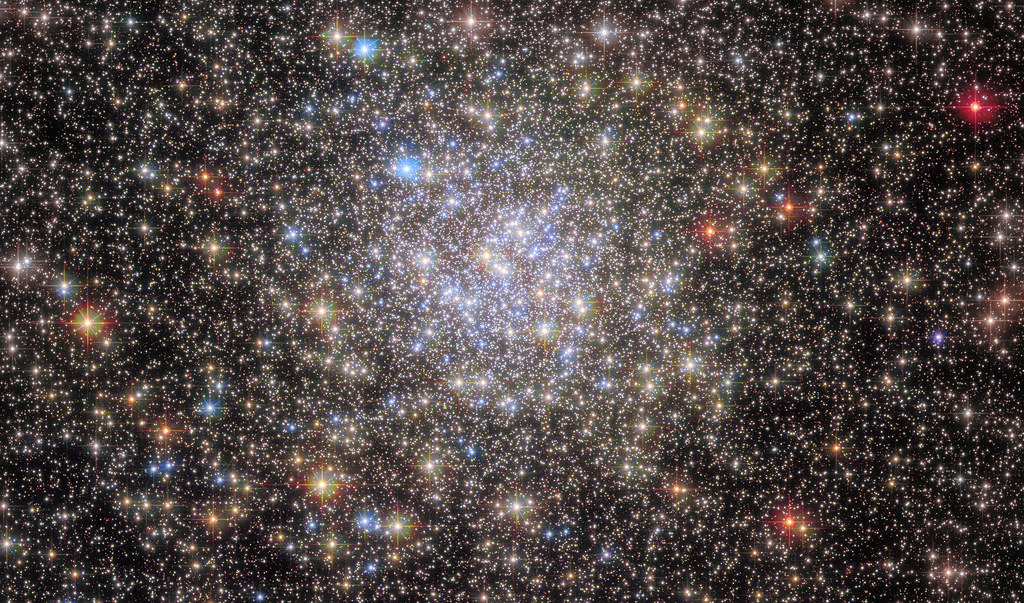We’re starting to write code for our Data Lifeboat, and that’s pushed us to decide what the technical architecture looks like. What are the different systems and pieces involved in creating a Data Lifeboat? In this article I’m going to outline what we imagine that might look like.
We’re still very early in the prototyping stage of this work. Our next step is going to be building an end-to-end prototype of this design, and seeing how well it works.
Here’s the diagram we drew on the whiteboard last week:
Let’s step through it in detail.
First somebody has to initiate the creation of a Data Lifeboat, and choose the photos they want to include. There could be a number of ways to start this process: a command-line tool, a graphical web app, a REST API.
We’re starting to think about what those interfaces will look like, and how they’ll work. When somebody creates a Data Lifeboat, we need more information than just a list of photos. We know we’re going to need things like legal agreements, permission statements, and a description of why the Lifeboat was created. All this information needs to be collected at this stage.
However these interfaces work, it all ends in the same way: with a request to create a Data Lifeboat for a list of photos and their metadata from Flickr.
To take a list of photos and create a Data Lifeboat, we’ll have a new Data Lifeboat Creator service. This will call the Flickr API to fetch all the data from Flickr.com, and package it up into a new file. This could take a long time, because we need to make a lot of API calls! (Minutes, if not hours.)
We already have the skeleton of this service in the Commons Explorer, and we expect to reuse that code for the Data Lifeboat.
We are also considering creating an index of all the Data Lifeboats we’ve created – for example, “Photo X was added to Data Lifeboat Y on date Z”. This would be a useful tool for people wanting to look up Flickr URLs if the site ever goes away. “I have a reference to photo X, where did that end up after Flickr?”
When all the API calls are done, this service will eventually produce a complete, standalone Data Lifeboat which is ready to be stored!
When we create the Data Lifeboat, we’re imagining we’ll keep it on some temporary storage owned by the Flickr Foundation. Once the packaging is complete, the person or organization who requested it can download it to their permanent storage. Then it becomes their responsibility to make sure it’s kept safely – for example, creating backups or storing it in multiple geographic locations.
The Flickr Foundation isn’t going to run a single, permanent store of all Data Lifeboats ever created. That would turn us into another Single Point of Failure, which is something we’re keen to avoid!
There are still lots of details to hammer out at every step of this process, but thinking about the broad shape of the Data Lifeboat service has already been useful. It’s helped us get a consistent understanding of what the steps are, and exposed more questions for us to ponder as we keep building.







